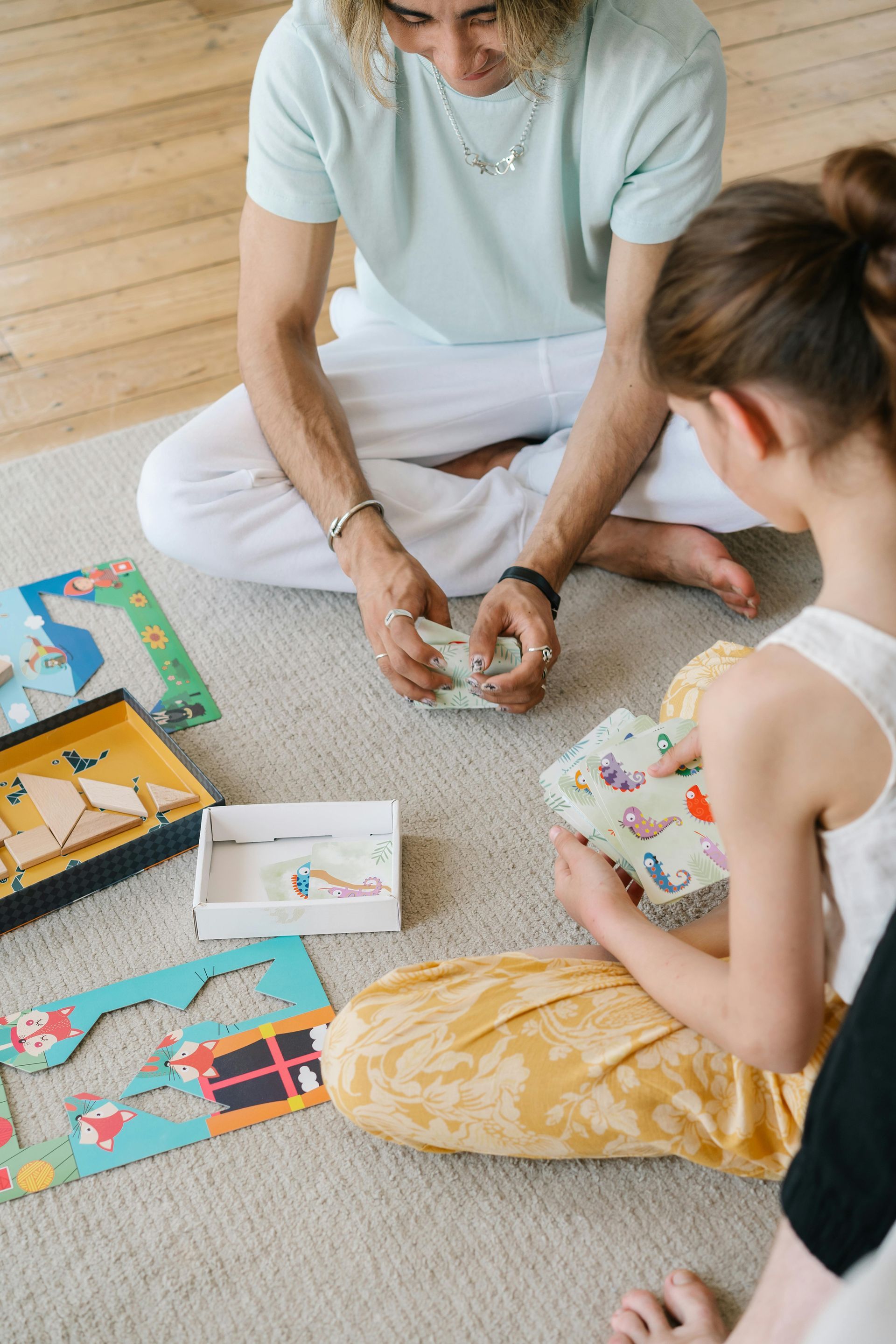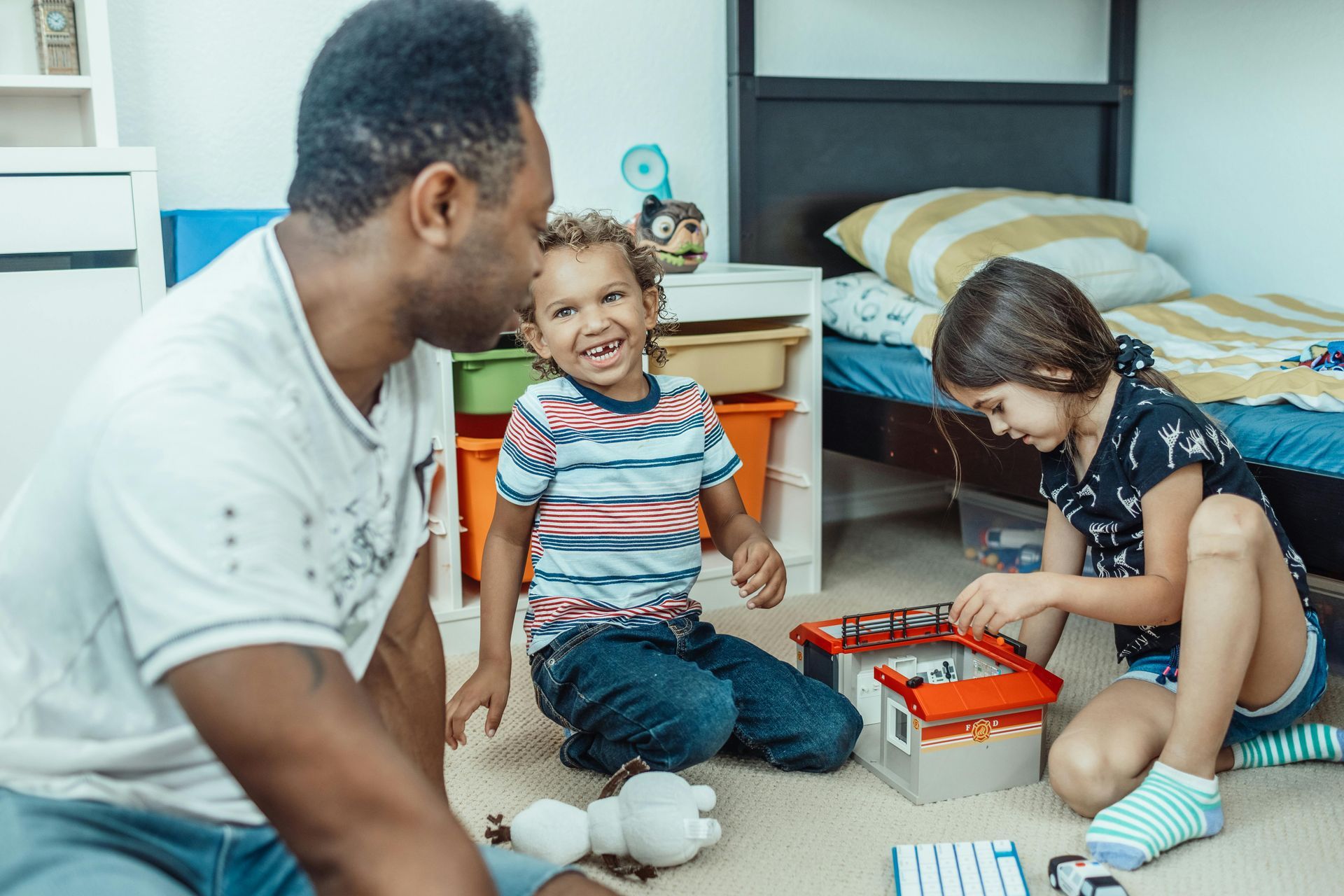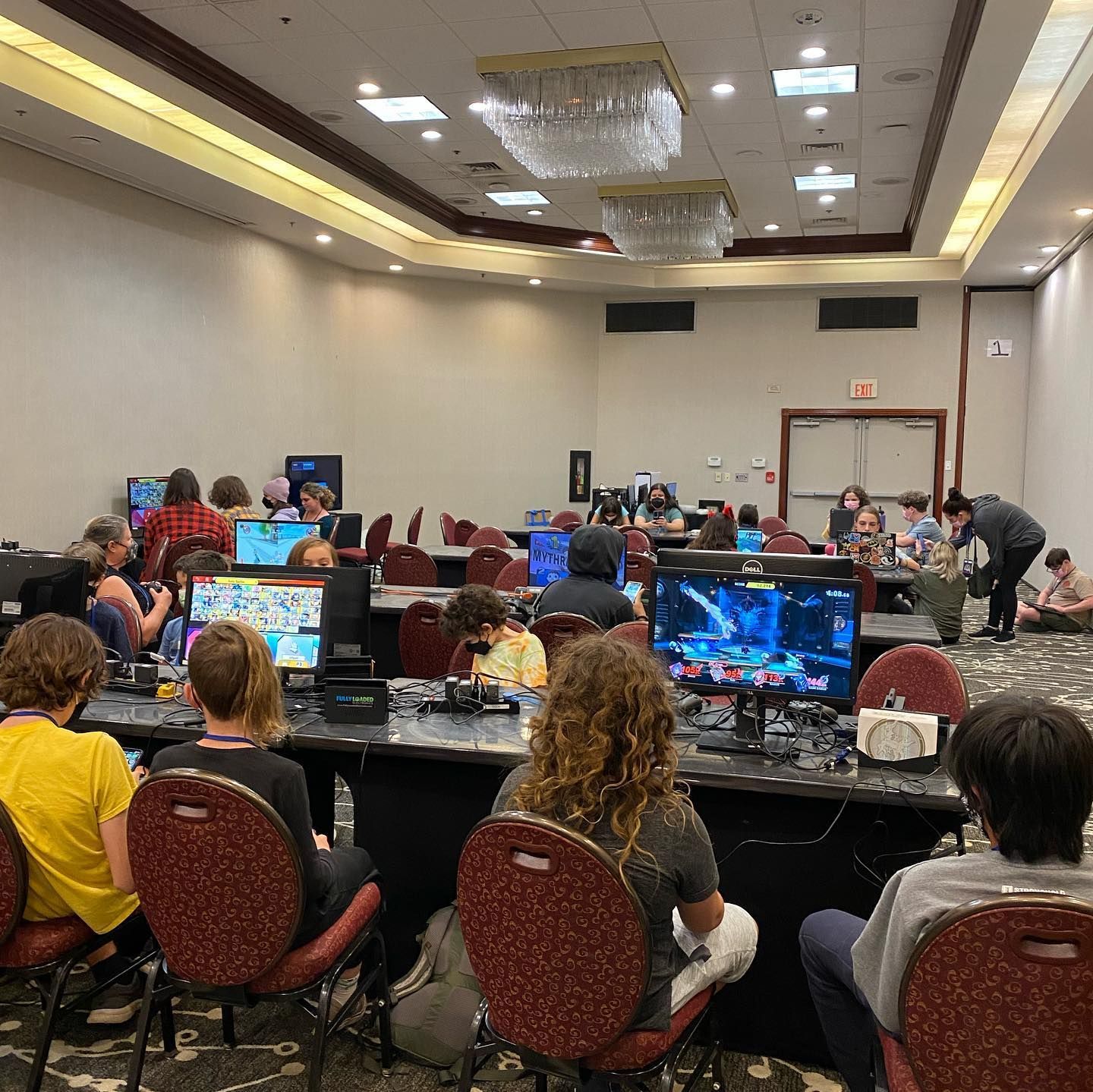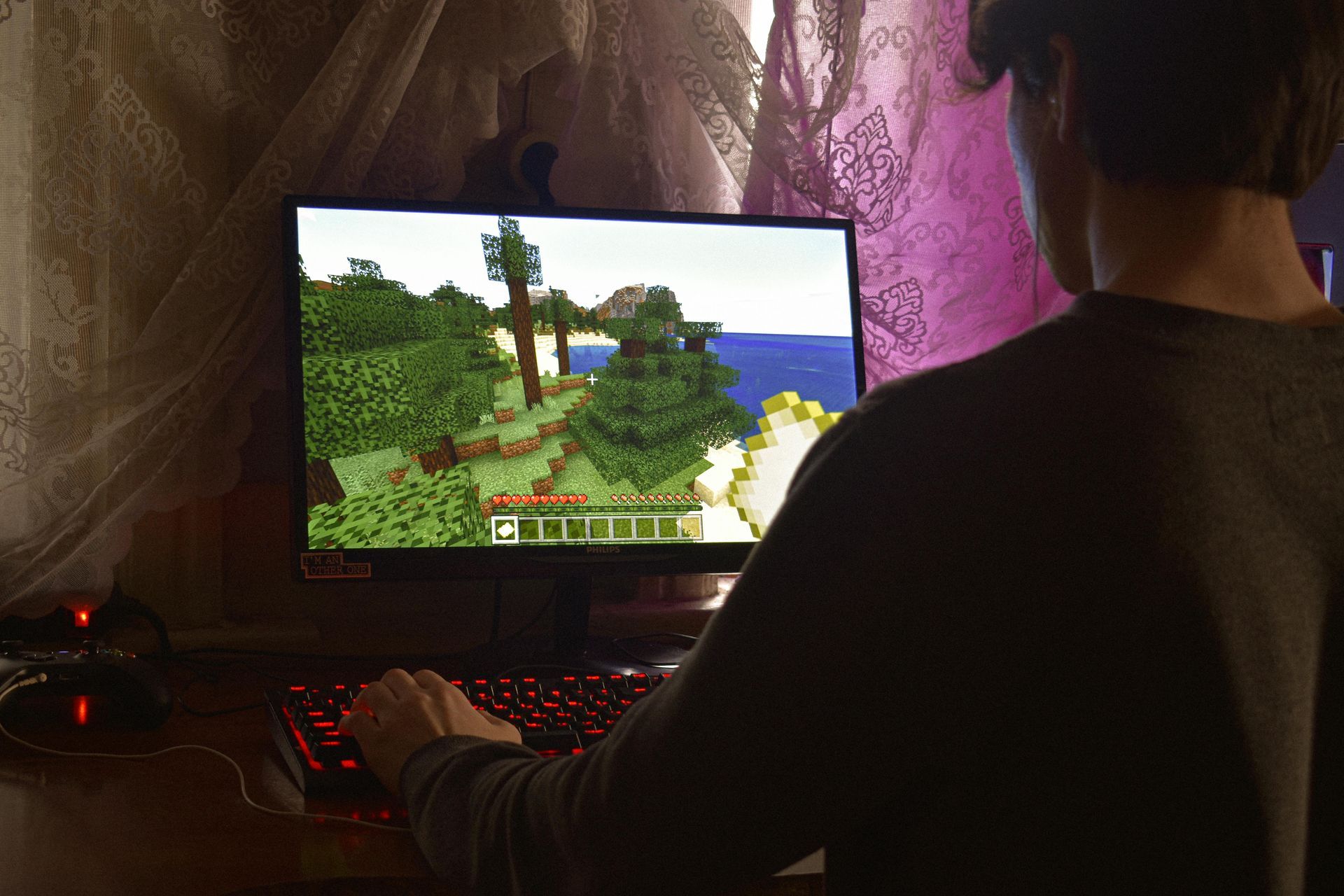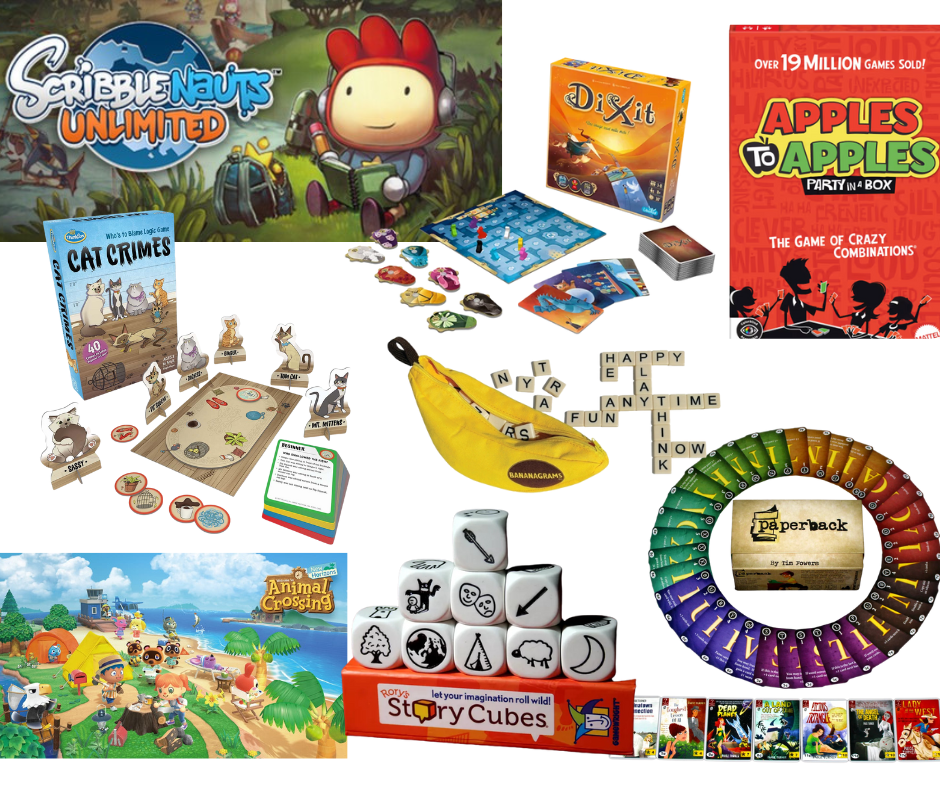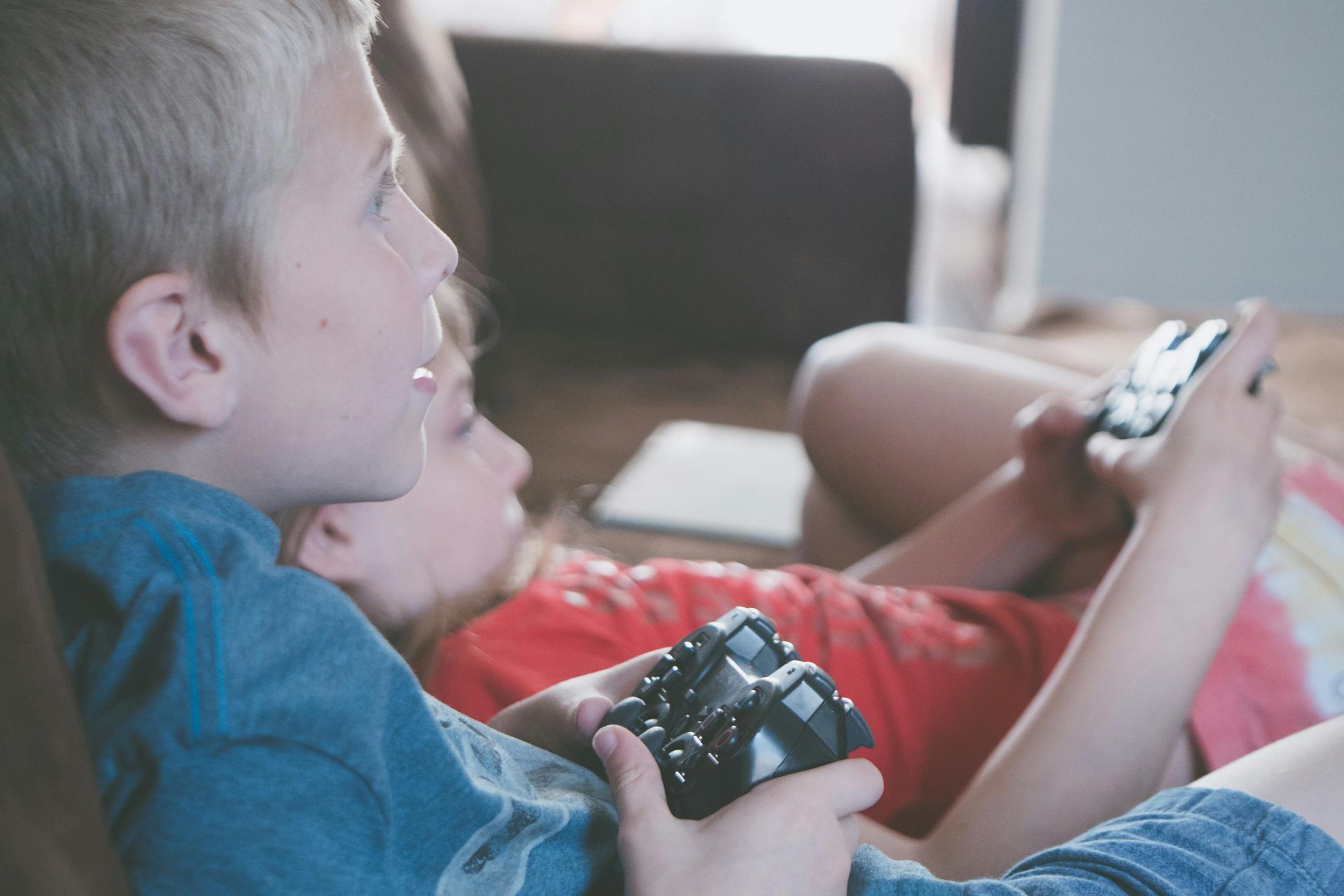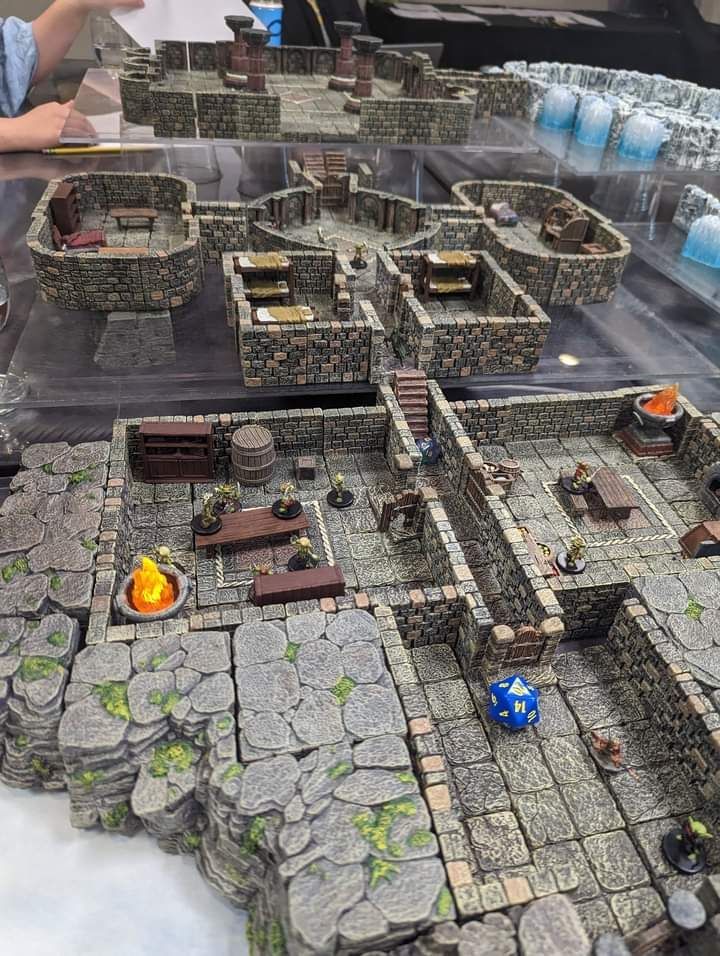February 19-22, 2026
When Losing Is Learning: Helping Kids Build Resilience Through Play
October 22, 2025
If you spend time in parenting or education spaces online, you’ve probably seen conversations about how kids today are struggling with resilience. Many adults have noticed that children often find it hard to cope when things get frustrating. The moment a task feels difficult or uncomfortable, they want to give up or walk away.
It isn’t because kids are weak or unmotivated. It’s because so much of childhood today is designed to smooth over frustration. As parents, it can feel natural to step in and protect our children from anything that makes them upset. We want them to feel safe, happy, and confident.
But feeling safe isn’t the same as never feeling frustrated. Resilience grows when kids experience tough emotions in a safe, supported environment. They need chances to feel disappointment, anger, and challenge, so they can practice responding to those emotions in healthy ways.
Why Games Are the Perfect Practice Ground
Games are one of the best places for kids to practice feeling and working through frustration. The stakes are low, the structure is clear, and there’s always another turn. Within that space, kids can experiment with big emotions and learn that frustration doesn’t last forever.
When a player loses or fails a mission, they get instant feedback and a new chance to try. Over time, they begin to see that losing is not something to avoid but something they can handle. They learn that mistakes lead to insight, and that persistence changes outcomes.
According to the
Harvard Center on the Developing Child, resilience develops when children experience manageable stress and have supportive relationships that help them recover and adapt. Games offer that perfect combination of challenge and safety, giving kids space to struggle, learn, and try again while surrounded by encouragement.
Frustration as a Teacher
For many parents, frustration is the hardest emotion to watch. When your child slams a controller, yells at a sibling, or storms away from a video game, it’s easy to think, “This is too much. They can’t handle it.” The natural instinct is to shut it down completely.
But frustration itself isn’t the problem, it’s how we help kids move through it. Turning off the game in the heat of the moment might stop the outburst, but it also takes away the chance to learn what to do with those big feelings.
Instead, try staying close and calm. You might say, “You’re really upset right now. Let’s take a short break and breathe.” When they’re ready, talk about what happened: “That was a tough loss. What part frustrated you the most?” or “What could you try differently next time?”
Sometimes frustration is a sign that the challenge is too big or that they need support regulating their emotions before continuing. You can help by:
- Adjusting the difficulty so success feels possible again
- Playing cooperatively instead of competitively for a while
- Modeling coping skills like deep breathing or positive self-talk
- Setting a cooldown routine (walk, stretch, snack, quick reset) before returning to play
These gentle interventions don’t remove frustration, they help kids learn to handle it. Over time, they’ll start recognizing their own limits and strategies to self-regulate without adult direction.
Games That Build Resilience
The best games for resilience aren’t necessarily the ones kids always win. They’re the ones that invite effort, risk, and reflection.
- Zombie Kidz Evolution (Ages 7+)
– A cooperative game that evolves as you play. Losing a round unlocks clues for how to do better next time.
- The Crew: Quest for Planet Nine (Ages 10+) – A challenging card game where communication and patience are the keys to success. It’s normal to fail several missions before getting it right.
- Quacks of Quedlinburg: The Herb Witches (Ages 10+)
– A silly and unpredictable game that teaches risk management. Sometimes your potion explodes, and you laugh, reset, and try again.
- Celeste (Video Game, Ages 10+) – A touching story about climbing a mountain that is as much emotional as physical. Failure is constant, but the game celebrates each attempt as progress.
- Myrmes (Ages 12+)
– A complex ant-colony builder that rewards persistence and long-term planning. It shows that growth happens slowly, through small, steady improvements.
Each of these games helps players face frustration safely, reflect on it, and find joy in the process of trying again.
Modeling Resilience as a Parent
The hardest part of helping kids build resilience is remembering that they learn it from us. Children watch how we respond when things go wrong, when we lose, or when we feel frustrated ourselves.
If we sigh, give up, or get angry, they learn that mistakes are something to fear. But when we take a deep breath, laugh, or say “Wow, that was rough. I’m going to try again,” they learn that frustration is normal and temporary.
Resilience isn’t about pretending everything is fine. It’s about showing kids what it looks like to feel big emotions and keep going anyway. When we model that process honestly, we give them permission to do the same.
Here are a few ways to practice modeling resilience during play:
- Narrate your process. When a move doesn’t go your way, talk it through. Say, “That plan didn’t work out how I hoped. I’m disappointed, but I think I’ll try a different approach.” Hearing you name your feelings and next steps helps kids learn how to do it too.
- Show recovery in real time. If you get frustrated, take a visible pause. Step away from the table, stretch, take a breath, then come back. It teaches kids that frustration can be managed, not avoided.
- Normalize losing. Let them see you lose without making it a big deal. Congratulate the winner, reset the game, and suggest another round.
- Celebrate effort over outcome. When your child tries a new strategy or sticks with something hard, notice it. Say, “You worked through that challenge. I could see you thinking and adjusting.” Recognition reinforces persistence more than praise for winning.
- Model curiosity instead of criticism. When something goes wrong, resist the “Why did you do that?” instinct and try, “What did you notice?” or “What might we try next?” This tone keeps learning alive instead of shutting it down.
Resilience grows through small, repeated moments like these. Every time your child sees you recover from frustration, they store that example in their memory. They start to believe that challenges are part of life, not proof they’ve failed.
Over time, your calm presence becomes the template they use when frustration hits. Instead of giving up, they pause. Instead of melting down, they take a breath. Instead of blaming themselves, they look for the next step forward.
That’s what real resilience looks like, not perfection, but persistence.
Why This Matters Beyond the Game
Resilience learned through play doesn’t stay at the game table. A child who can handle losing a round without melting down is also learning how to handle other challenges in life — a tough math problem, a disagreement with a friend, or a creative project that doesn’t go as planned.
By giving kids chances to feel frustration in safe, playful ways, we help them grow stronger. They learn that discomfort is part of learning and that perseverance feels even better than an easy win.
The Real Win
When families play together, every win and loss becomes part of a bigger story. Each moment of frustration is a chance to grow, and every “try again” builds a little more courage for the next challenge.
At GameSchoolCon, we believe learning through play isn’t just about fun. It’s about connection, confidence, and real growth, even when things don’t go as planned. Join us for a weekend of inspiration and community, where families can explore how play builds resilience, creativity, and joy.


